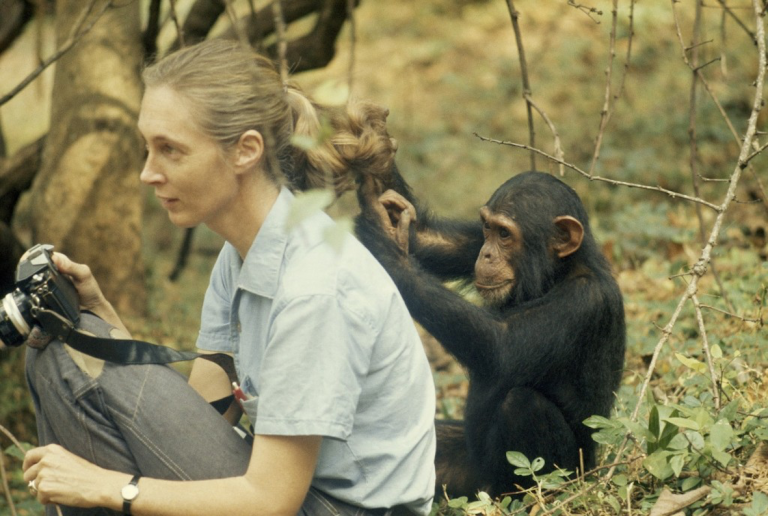Champing (or chomping) is a noisy chewing motion, despite there being nothing to chew. This behavior is associated with friendliness, pacifying of an opponent, insecurity, or submission, depending on degree and context.
There is a pacifying element in all forms of champing. Pacifying behavior (Latin pacificare, from pax = peace and facere, facio = to make) is all behavior with the function of decreasing or suppressing an opponent’s aggressive or dominantbehavior or restoring a state of tranquility. Licking, nose poking, muzzle nudging, pawing, yawning, and twisting are common pacifying behaviors that dogs offer one another and us.
Champing is a behavior widely used by canines in situations ranging from mild unease to more severe concern.
Champing is one of the first sounds that puppies hear—their sibling’s suckling. It is, therefore, a sound associated with satisfaction. Redirection of the champing behavior assumes later a pacifying function—attempting to turn an unpleasant situation into a pleasant one. Initially, the pups connect champing with the appeasement of hunger.

Jane Goodall used to break a branch and pretend to chomp on it to pacify chimpanzees showing some unease (photo by Derek Bryceson/National Geographic Creative).
Champing is a straightforward and efficient way to show friendliness towards a dog. Curiously, this behavior appears to have a relaxing effect on most mammals. Newborn mammals suckle and connect sucking sounds (chomping) with pleasant and desirable consequences. Jane Goodall points out that she used to break a twig and pretend to champ it to pacify chimpanzees showing some unease. I often use chomping when in the presence of dogs and horses showing some degree of distress.
References
Abrantes, R. (1997) The Evolution of Canine Social Behavior. Naperville: Wakan Tanka Publishers. (also available in Italian and Czech). ISBN-13: 9780966048414. ISBN-10: 0966048415.
Abrantes, R. (1997) Dog Language. Wakan Tanka Publishers. (Also available in Danish, Swedish, German, Italian, Spanish and Czech). ISBN-13: 9780966048407 ISBN-10: 0966048407.
Goodall, J. (1971 and 2010). In The Shadow Of Man. Mariner Books; 50th Anniversary of Gombe edition (April 7, 2010). ISBN-10: 0547334168. ISBN-13: 978-0547334165.
Goodall, J. (1989). Anomal World Chimps. Aladdin. ISBN-10: 0689713207. ISBN-13: 978-0689713200.
McFarland, D. (1999). Animal Behavior. Pearson Prentice Hall, England. 3rd ed. ISBN-13: 9780582327320. ISBN-10: 0582327326.
Featured image: Champing behavior has a pacifying function—attempting to turn an unpleasant situation into a pleasant one (photo by Grigory Bruev).
Feel free to leave a comment, pose a question, or share your thoughts. Your opinion matters. I will reply to all messages and answer all questions to the best of my ability.
